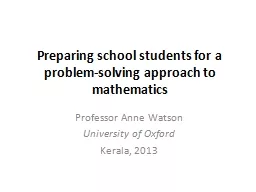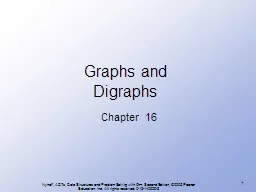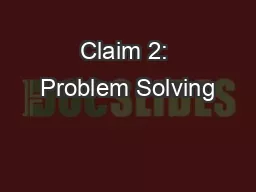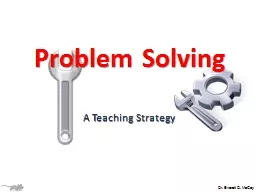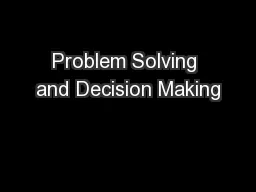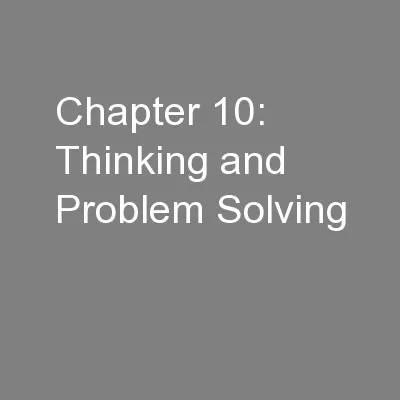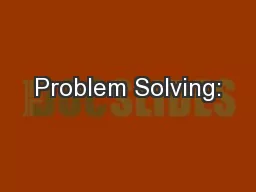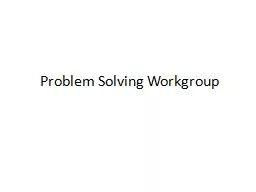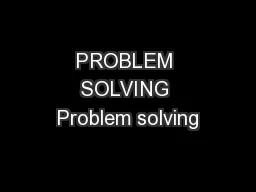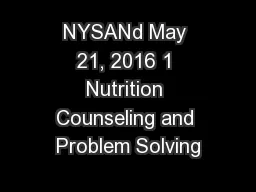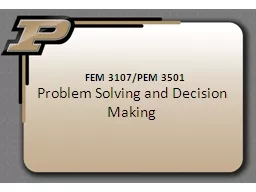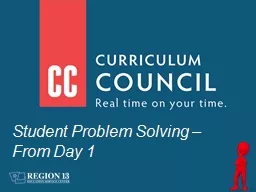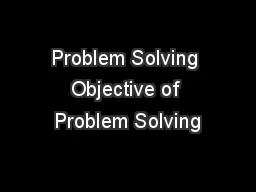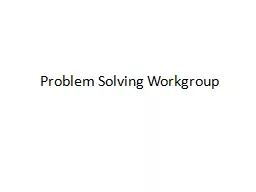PPT-Preparing school students for a problem-solving approach to
Author : celsa-spraggs | Published Date : 2016-10-22
Professor Anne Watson University of Oxford Kerala 2013 Problems about problemsolving What is meant by problemsolving What is learnt through problemsolving What
Presentation Embed Code
Download Presentation
Download Presentation The PPT/PDF document "Preparing school students for a problem-..." is the property of its rightful owner. Permission is granted to download and print the materials on this website for personal, non-commercial use only, and to display it on your personal computer provided you do not modify the materials and that you retain all copyright notices contained in the materials. By downloading content from our website, you accept the terms of this agreement.
Preparing school students for a problem-solving approach to: Transcript
Download Rules Of Document
"Preparing school students for a problem-solving approach to"The content belongs to its owner. You may download and print it for personal use, without modification, and keep all copyright notices. By downloading, you agree to these terms.
Related Documents

